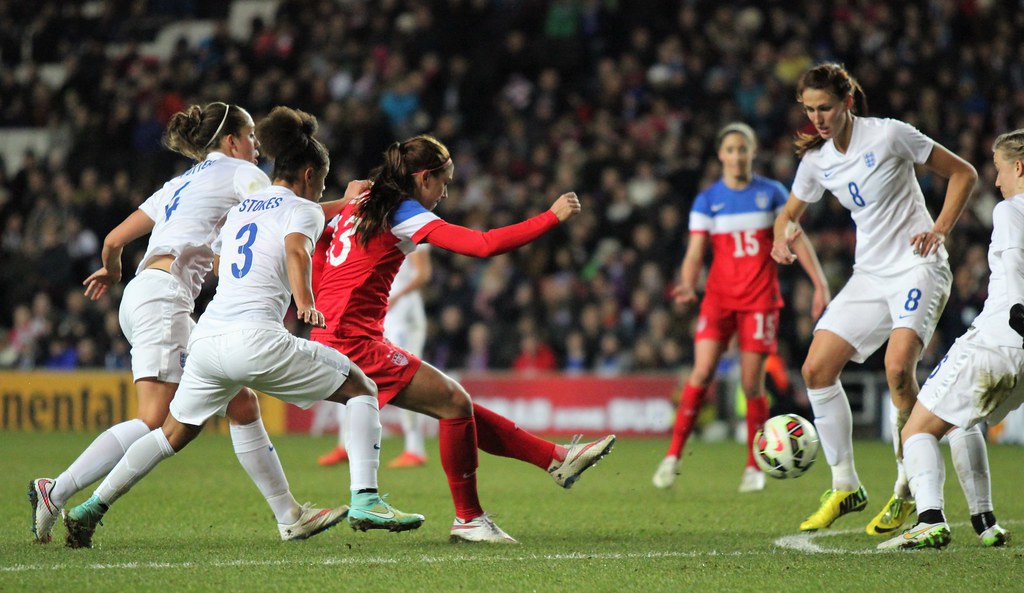
The Lionesses captured the country’s attention this summer at Euro 2022. Doing what the men’s team couldn’t, they brought the trophy home.
Since their victory, a question has been on everyone’s lips. Is the future of women’s football changing? With many more people turning their attention to the world of women’s football, the future could look bright.
To understand the future of the sport, it’s important to understand its past. Firstly, let’s look at the history of women’s football.
The history of women’s football
Many people might be surprised to learn that women’s football isn’t new. It’s been around as long as football was invented – but why do we often assume it’s a male sport?
Well, it could be because the FA banned women’s football in 1921. While the FA couldn’t outlaw women’s football completely, they certainly dampened the growing popularity by banning women from playing the sport on Football League grounds.
Nowadays, this seems absurd, but it was thought that “the game of football is quite unsuitable for females and ought not to be encouraged.” Although this was the FA’s official statement, the real reason isn’t believed to be so simple. The previous year, women’s matches gathered substantial crowds and raised large sums of money for charity. It’s thought the FA didn’t appreciate the rivalry.
However, the ban would eventually be lifted in 1971. Since then, women’s football has slowly gained popularity, with 2022 becoming its best year.
The equality of women’s football
Male football teams have had a 50-year head start on their female peers. How has this affected the pay equality between players?
The FA has joined the likes of Brazil, Australia, Norway and New Zealand, who have pledged to commit to equal pay. A statement from the FA read, “This parity has been in place since January 2020.” However, this only covers match fees.
The true inequality of football comes down to how football clubs make their money. Most clubs can rely on ticket sales, sponsorships, and broadcast rights for income. Men’s football has a larger audience with plenty of coverage, allowing clubs to pay their players more, whereas women’s football doesn’t have the same popularity.
This disparity can clearly be seen through prize money pots. Although Uefa doubled the women’s Euros prize to €16 million, this still doesn’t compare to the men’s prize fund. At last year’s Euros, the money pot held over €370 million, meaning if England had won, they’d walk home with a bonus of £460,000 each. This is more than eight times the amount the women’s team reportedly took home after taking home the title of Euro champions.
However, some believe this inequality won’t last much longer. The viewership figures of the women’s Euros reached 17 million, the highest number to date. With a win under their belt and record-breaking viewership, new sponsorships might be on the horizon. Like Andrew Bloch told the BBC, “Viewership normally determines the magnitude of sponsorship and endorsement deals, so this tournament will be a catalyst for a business revolution in the women’s game.”
The future of women’s football
With an ever-growing audience and record-breaking viewing figures, the future of women’s football is looking bright. It might once have been a sport many of us overlooked, but the Lionesses proved us all wrong with their stellar performance during the Euros.
After a fifty-year ban, women’s football deserves a resurgence. Who says you need a man of the match anyway?


















